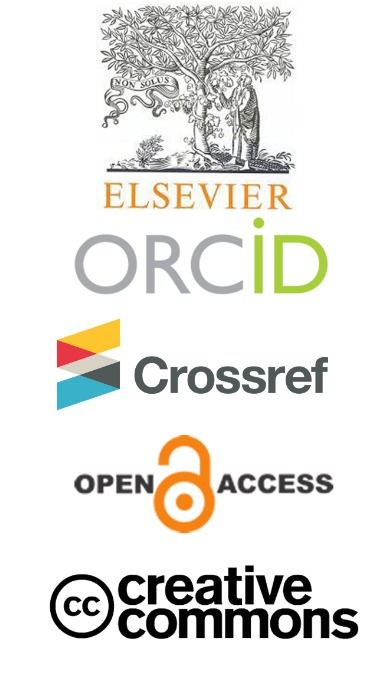The method of sympathy in the Noble Qur’an
Keywords:
The method - Consolation - Reparation of Thoughts - Generosity - Awlo al-Azm (possessors of constancy.Abstract
There is a vast difference between the terms method and methodology; The method represents the clear path, and their plural is methods. All the heavenly religions have one method, which is toelevating the human being to the highest levels of perfection and human advancement. As for “methodology; it is the science that studies how to build curricula, test them, modify them, and refute them. They are tools for thinking and for gathering facts.” It is a necessary introduction to the establishment of any science to be studied. Controlling the methodology of reparation of thoughts in the Qur’an facilitates access to scientific reassurance, as the noble Qur’an methodology has brought about a major revolution in the souls, and has changed the ideas inherited between them such as the power of burglary, domination, and control over others, and replaced it with fraternity, cooperation, and defense force, about the weak and the oppressed. It is permissible to call the methodology of the Noble Qur’an the (methodology of reparation of thoughts). So, it cleanses the soul from the clutches of vice, treats it from lapses, and reprehensible residues that dominate the heart, and replaces it with healthy virtues, and then elevates the human soul with refinement and creativity to reach self-perfection of the soul.



